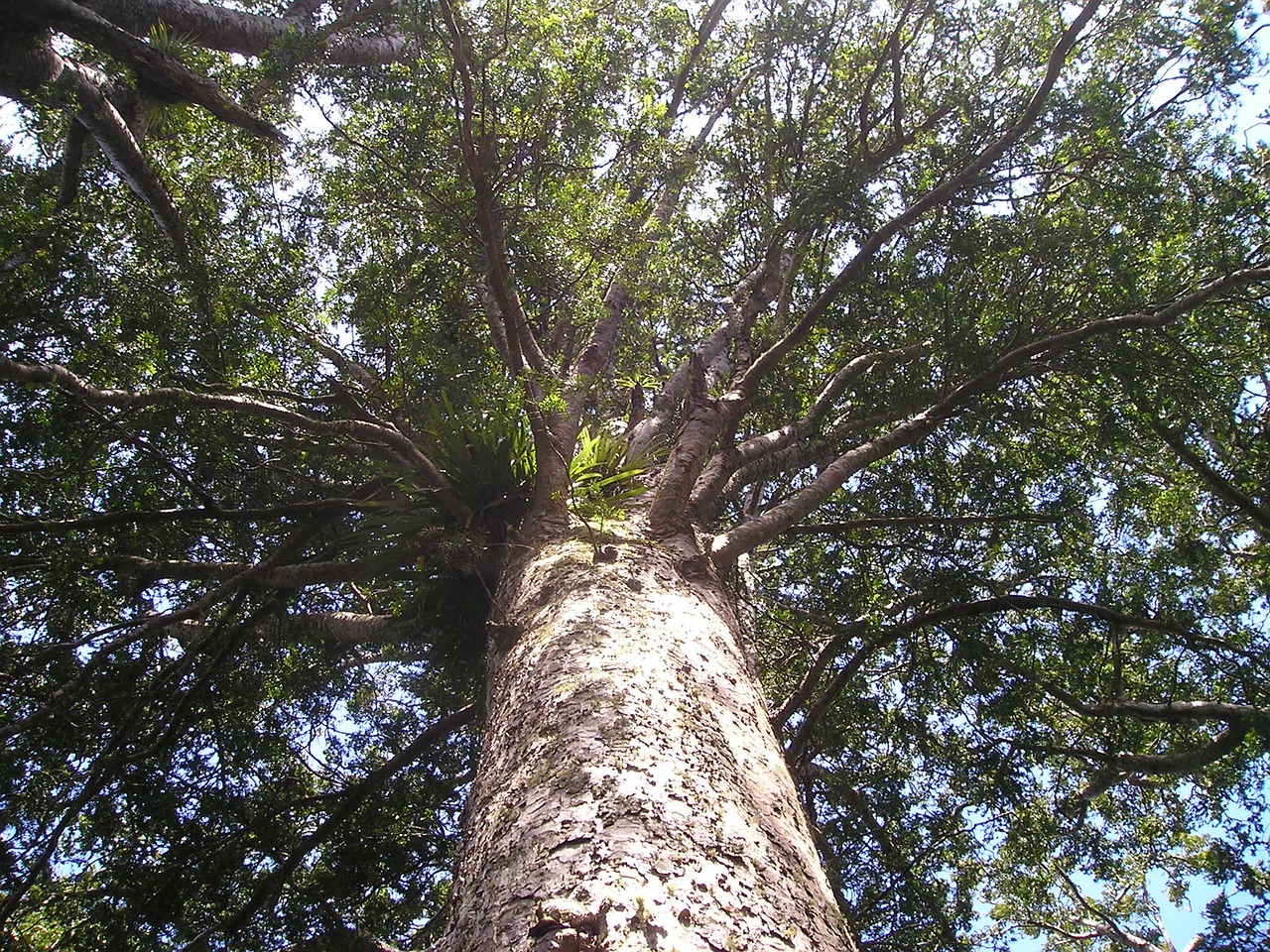
The Majestic Kauri Tree: Planting and Nurturing This Natural Wonder
When it comes to iconic trees that grace the landscapes with their grandeur and historical significance, the Kauri tree stands as a true emblem of natural wonder. Native to the pristine shores of New Zealand, the Kauri tree (Agathis australis) holds a special place in both the hearts of the locals and the annals of ecological heritage. In this article, we embark on a journey to explore the fascinating realm of the Kauri tree, from its remarkable features to the art of planting and nurturing it. So, roll up your sleeves and let’s dig deep into the world of Kauri trees!
Table of Contents
- Unveiling the Majesty of the Kauri Tree
- The Historical and Cultural Significance
- Anatomy and Distinctive Features of Kauri Trees
- Selecting the Perfect Spot for Planting
- Preparing the Ground: Soil and Environmental Considerations
- The Art of Planting a Kauri Tree
- Nurturing Young Kauri Saplings
- Watering Wisely: Hydration Tips for Kauri Trees
- Guardians of Growth: Proper Mulching Techniques
- Pruning for Strength and Elegance
- Protecting Against Pests and Diseases
- Growing Kauri Trees in Containers
- Kauri Tree Conservation and Preservation Efforts
- Admiring the Beauty: Kauri Tree in Landscaping
- Conclusion: A Green Legacy to Treasure
Unveiling the Majesty of the Kauri Tree
The Kauri tree, revered by the Maori people as ‘Tāne Mahuta’ or ‘Lord of the Forest,’ is a colossal evergreen conifer that can reach astonishing heights of over 160 feet. Its trunk, which can span more than 60 feet in circumference, soars majestically toward the sky, making it one of the largest tree species on Earth.
The Historical and Cultural Significance
In Maori culture, the Kauri tree holds profound spiritual significance. It’s considered a connection between the earthly and spiritual realms, and its timber has been used to create intricate carvings and structures of immense importance.
Anatomy and Distinctive Features of Kauri Trees
The Kauri’s distinctive features include its smooth, mottled bark, scale-like leaves, and unique cones. These cones release winged seeds, contributing to the Kauri’s reproduction and dispersal.
Selecting the Perfect Spot for Planting
Before planting a Kauri tree, choose a site with well-draining soil and ample sunlight. Kauri trees thrive in open spaces that allow their roots to spread.
Preparing the Ground: Soil and Environmental Considerations
Kauri trees prefer slightly acidic soils rich in organic matter. Conduct a soil test and amend the soil accordingly to create an optimal growing environment.
The Art of Planting a Kauri Tree
Dig a hole twice as wide as the root ball and place the sapling gently. Backfill the hole with soil, water thoroughly, and apply a layer of mulch to retain moisture.
Nurturing Young Kauri Saplings
Young Kauri trees require consistent watering and protection from extreme weather conditions. Use a balanced fertilizer to promote healthy growth.
Watering Wisely: Hydration Tips for Kauri Trees
Water deeply but infrequently to encourage deep root growth. A slow, steady trickle of water is ideal for maintaining soil moisture.
Guardians of Growth: Proper Mulching Techniques
Mulching around the base of the tree helps regulate soil temperature, retain moisture, and prevent weed growth. Use organic mulch and keep it a few inches away from the trunk.
Pruning for Strength and Elegance
Prune away any dead or diseased branches to enhance the tree’s overall health and appearance. Avoid excessive pruning to prevent stress.
Protecting Against Pests and Diseases
Shield your Kauri tree from pests like the Kauri looper caterpillar and diseases like dieback. Regular inspections and prompt actions are crucial.
Growing Kauri Trees in Containers
Kauri trees can be grown in large containers, making them suitable for patios and small gardens. Ensure proper drainage and provide adequate space for root development.
Kauri Tree Conservation and Preservation Efforts
Due to threats like Kauri dieback disease, conservation efforts are vital. Adhering to hygiene guidelines and supporting research are crucial steps.
Admiring the Beauty: Kauri Tree in Landscaping
Introducing a Kauri tree into your landscape design adds an aura of majesty and timelessness. Its towering presence and unique foliage make for a breathtaking focal point.
Conclusion: A Green Legacy to Treasure
In the heart of New Zealand’s natural heritage stands the Kauri tree, an embodiment of grace, resilience, and cultural significance. As we plant and nurture these living giants, we contribute to the preservation of a legacy that spans generations.
FAQs About Kauri Trees
- Are Kauri trees only found in New Zealand?
- Yes, Kauri trees are native to New Zealand and are not found naturally anywhere else.
- Can I grow a Kauri tree in a colder climate?
- Kauri trees thrive in temperate climates and may not tolerate extremely cold conditions.
- What is Kauri dieback disease, and how can it be prevented?
- Kauri dieback is a soil-borne disease. Prevent its spread by cleaning footwear and equipment before entering Kauri forests.
- How long does it take for a Kauri tree to reach its full height?
- It can take several decades for a Kauri tree to reach its full height, as they are slow-growing giants.
- Are there any cultural considerations when planting a Kauri tree?
- Yes, for the Maori people, Kauri trees hold deep cultural significance. It’s advised to respect and learn about their cultural practices before planting.